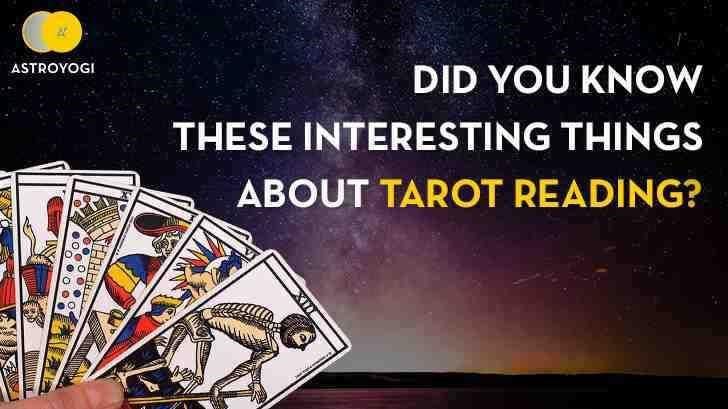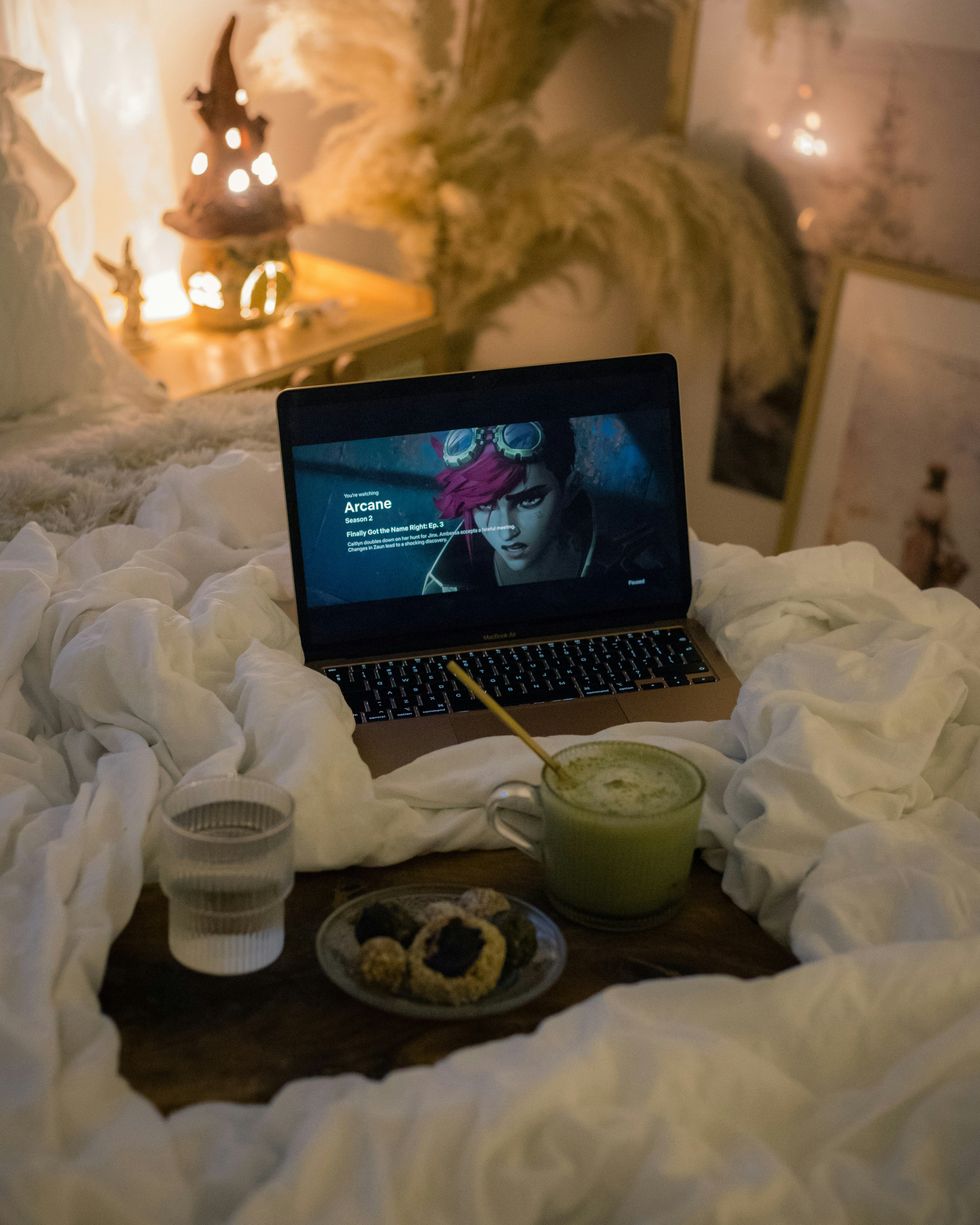Tarot card fortune-telling or tarot reading is a form of card fortune-telling in which practitioners use tarot cards to gain insight into the past, present, or future.
You create questions, then draw cards and interpret them. A typical tarot deck consists of 78 cards divided into two groups: Major Arcana and Minor Arcana.
The Major Arcana interprets important life events, and the Minor Arcana interprets less important mediocre life events. The cards have a chronological order representing the major and minor themes that appear over time.
The Minor Arcana Card consists of four tarot suits that focus on different aspects of life. These include Wand, mug, sword, and pentagram. The wand represents sexuality, energy, passion and creativity. The cup is considered a suit of love and expresses emotions, feelings and intuition. The sword represents your thoughts, actions and words. Finally, Pentacles embraces world materialism and covers finance, wealth and career paths.
The Major Arcana card significantly impacts the reading of tarot cards and requires more attention from the reader.
Each card is packed with information-some systems that give a deeper or slightly different layer of meaning, depending on numerology (where the card enters the deck), astrology, and Kabbalah. Masu-and, each deck is even slightly different.
History of Tarot Reading
One of the earliest references to the Tarot reading, and perhaps the first reference to the Tarot as a picture book of the devil, is dated c. 1450 to 1470 by Dominican preachers in a fierce sermon on the evil of the devil's instrument. Tarot as a social plague existed in the 16th and 17th centuries, but there is no evidence that the card was used for games other than Bologna. As philosopher and tarot historian Michael Dummett observed, "it wasn't until the 1780s that the practice of fortune-telling with regular playing cards was established for at least 20 years.
What Is The Purpose of Tarot Reading?
Tarot talks about our life cycle. Shuffling your deck, picking cards, and placing them in order shows the different challenges and hardships you may face during a particular journey. However, the Major Arcana card does not necessarily represent us in any specific reading. They can designate someone else in our lives or symbolize a broader problem. Tarot is a complex language, and all readings are different. Similarly, all readers have different methodologies to interpret how the cards interact.
What Is The Philosophy Behind Tarot Reading?
Most experienced tarot readers let you know that tarot cards don't give you details about what you should do or what your life will be like. However, it is a tool to educate you about the options available and the potential of each option depending on the path you choose. Therefore, the interpretation obtained by reading it should not scare or upset you. Instead, it should help you control your life and provide clarity for making informed decisions.
How Does A Tarot Card Reading Work?
Before the tarot card consultation starts, you'll be required to give you a query that you would like to be interpreted. Why do you feel there is lots of hysteria inside you? The query will pave the way for the reader to offer you an interpretation. The reader will shuffle the deck of playing cards very well and lay them out in what's known as a tarot card unfolded. The reader will use any unfolded layout depending on what interpretation you seek.
One famous unfolding technique is the ten-card development, typically referred to as the Celtic Cross Spread. It is used to offer a complete interpretation to reply to the query that needs to be addressed.
Other types of tarot card spreads are 3 spreads, 5 spreads, 7-day spreads, and 12 month spreads. Keep in mind that each location on the map has important and specific meanings. 3 spreads are great for giving you an interpretation of your past, present, and future based on the question you are asking.
Most people might decide upon individual tarot card sessions. However, suppose that isn't always possible. In that case, you could choose online tarot readings, which can be truthful and feature many benefits, including getting the right of entry to many tarot readers, privacy, and convenience.
What Is a yes/No Tarot Reading?
Yes / No Tarot Reading is often a single-question reading with a simple "yes" or "no" answer. But usually, like life, the answers to most questions are a little grayer than yes or no. However, it is perfectly acceptable to ask "yes" or "no" questions while reading.





 StableDiffusion
StableDiffusion
 full parking
StableDiffusion
full parking
StableDiffusion


 Photo by
Photo by 








